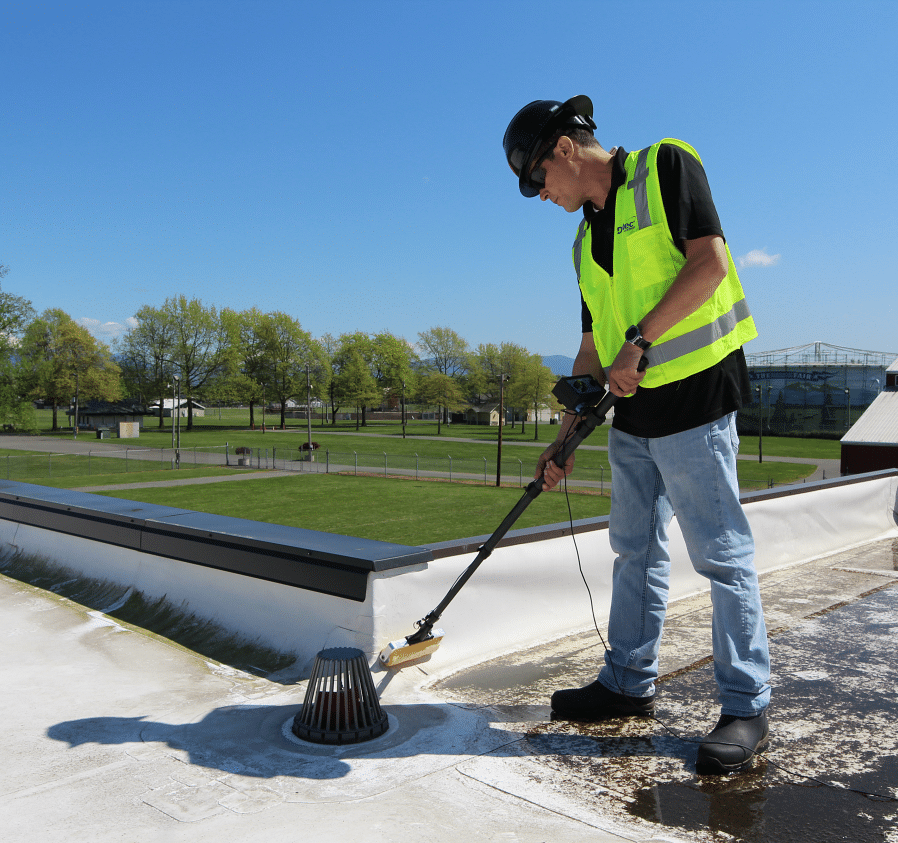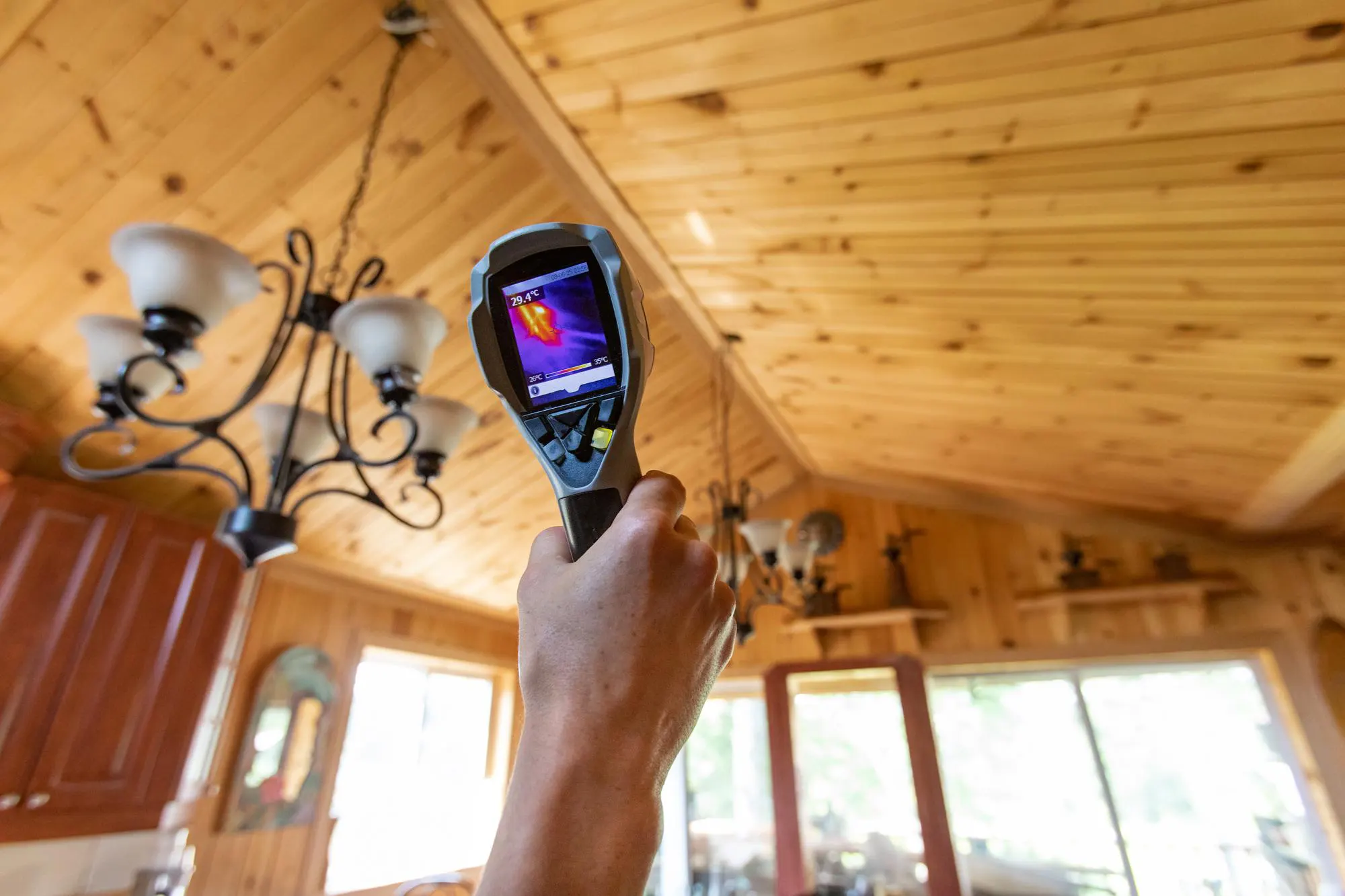In the fast-paced world of modern construction, ensuring the longevity and integrity of building envelopes is critical. One groundbreaking technology that is transforming how professionals safeguard structures is Electronic Leak Detection (ELD). By using advanced electronic methods to pinpoint leaks in waterproofing systems, ELD provides unprecedented accuracy and efficiency, making it an indispensable tool in today’s construction industry.
This article explores the innovative applications of Electronic Leak Detection (ELD), discussing its core principles, benefits, and real-world examples. Whether you’re involved in new construction, retrofits, or routine maintenance, understanding and leveraging ELD can help you achieve superior building performance and reduce long-term costs.
What is Electronic Leak Detection (ELD)?
Electronic Leak Detection (ELD) is a non-destructive testing method used to identify leaks in waterproofing membranes and building envelopes. Unlike traditional methods that rely on physical water application (flood testing), ELD uses low-voltage electrical currents to detect breaches in a membrane.
How ELD Works:
- Conductive Layer Application: A conductive material is applied or integrated into the waterproof membrane.
- Low-Voltage Current: A low-voltage electrical charge is introduced across the membrane surface.
- Leak Identification: The electrical current escapes through the defect when the membrane is breached. Inspectors can pinpoint the exact location of leaks thanks to the detection of these anomalies by special sensors.
- Data Analysis: The information collected is analyzed, often with software assistance, to generate a detailed map of leak locations and assess the overall integrity of the waterproofing system.
This method is particularly advantageous because it is highly sensitive, non-invasive, and environmentally friendly, eliminating the need for large volumes of water.
The Benefits of Electronic Leak Detection in Construction
Implementing ELD in construction projects offers several significant benefits:
- Accuracy and Precision:
ELD can detect even the smallest breaches in a waterproof membrane, providing pinpoint accuracy that traditional methods might miss. - Non-Destructive Testing:
Since ELD does not require flooding the membrane, it preserves the integrity of the structure. This is especially important for finished surfaces or areas where invasive testing would cause damage. - Time Efficiency:
ELD delivers rapid results, significantly reducing the time required for leak detection. Faster diagnostics lead to quicker repairs and minimal project delays. - Cost Savings:
By precisely identifying leak locations, ELD minimizes the need for widespread, costly repairs. Early detection helps prevent minor issues from escalating into major structural problems. - Environmental Sustainability:
Eliminating the use of large quantities of water for testing makes ELD an eco-friendly option. It aligns with green building practices and sustainable construction standards. - Enhanced Quality Control:
ELD ensures that waterproofing installations meet stringent quality standards. It provides detailed documentation that can support warranty claims and regulatory compliance.
Innovative Applications of ELD in Modern Construction
Modern construction projects present a diverse range of challenges, and ELD is proving its versatility across various applications. Below are some innovative uses of Electronic Leak Detection in today’s building industry:
- Roofing Systems and Flat Roofs
Flat roofs are particularly susceptible to water pooling and leaks due to their design. ELD is an ideal solution for:
- Detecting Micro-Leaks:
On flat roofs with PVC or TPO membranes, even small pinhole leaks can lead to significant water ingress over time. ELD pinpoints these micro-leaks, ensuring comprehensive roof integrity. - Post-Installation Verification:
After installing a new waterproof membrane, ELD is used to verify the system’s integrity before additional layers (such as insulation or protective coatings) are applied. - Preventative Maintenance:
Regular ELD assessments can detect early signs of membrane degradation, allowing for timely repairs and extending the roof’s lifespan.
- Green Roofs and Eco-Friendly Installations
Green roofs require robust waterproofing to support layers of soil, vegetation, and drainage systems. ELD is pivotal in:
- Pre-Installation Testing:
Before installing the green roof system, ELD verifies the waterproof membrane’s integrity, ensuring it can handle the weight and moisture of a green roof. - Ongoing Monitoring:
Integrated with IoT sensors, ELD can continuously monitor the membrane for any signs of failure, providing real-time data that helps in proactive maintenance. - Minimizing Disruption:
Since ELD is non-invasive, it allows for testing without disturbing the finished green roof, preserving the aesthetic and functional qualities of the installation.
- Building Envelope and Façade Inspections
A building’s envelope plays a crucial role in its energy efficiency and overall performance. ELD contributes to envelope testing by:
- Seam Integrity Checks:
In curtain wall systems and cladding, ELD detects leaks at the seams and joints that might be invisible to the naked eye. - Retrofitting Older Buildings:
For older buildings undergoing renovations, ELD is used to assess the existing waterproofing systems, helping architects design appropriate interventions to improve energy efficiency. - Integration with Thermal Imaging:
When combined with thermal cameras, ELD provides a multi-layered approach to leak detection, where thermal imaging highlights temperature anomalies and ELD confirms leak locations.
- Basements and Underground Structures
Basements, parking garages, and other underground facilities are vulnerable to water ingress from surrounding soil. ELD offers:
- Comprehensive Leak Mapping:
In these complex environments, ELD helps create detailed maps of waterproof membrane performance, ensuring that every potential entry point is identified. - Risk Mitigation:
Early detection of leaks in underground structures prevents costly water damage and structural failures that could compromise safety. - Regulatory Compliance:
Many building codes require rigorous waterproofing for below-ground structures. ELD ensures that these standards are met, safeguarding the facility against water-related risks.
- Integration with Drones and Remote Sensing
One of the most innovative applications of ELD is its integration with drone technology:
- Remote Inspections:
Drones equipped with ELD sensors can access hard-to-reach areas such as high-rise roofs and large-scale industrial facilities. This approach is particularly useful for expansive projects where manual inspections would be impractical. - Real-Time Data Collection:
With drones, inspectors can collect data remotely and in real-time, streamlining the decision-making process and enabling faster repairs. - Enhanced Safety:
Drone-based ELD inspections reduce the need for personnel to work in hazardous conditions, improving overall job site safety.
- Smart Building Applications
ELD is also finding its way into the smart building ecosystem:
- Continuous Monitoring:
Integrated with building management systems (BMS), ELD sensors can provide continuous monitoring of waterproofing performance. This real-time data helps facility managers react swiftly to any detected issues. - Predictive Maintenance:
By analyzing historical data from ELD tests, AI-powered systems can predict potential failures before they occur, enabling proactive maintenance that reduces downtime and repair costs. - Energy Efficiency Optimization:
A well-sealed building envelope is crucial for energy efficiency. ELD contributes to maintaining this seal, which, in turn, supports overall energy performance and sustainability goals.
Best Practices for Implementing ELD in Construction
To maximize the benefits of Electronic Leak Detection, construction professionals should consider the following best practices:
- Integrate ELD Early in the Project:
- Incorporate ELD as part of the initial waterproofing quality control during construction. Early integration ensures that any issues are caught before additional layers or finishing work is applied.
- Combine Multiple Testing Methods:
- Use ELD alongside other techniques such as thermal imaging and blower door tests to provide a comprehensive view of the building envelope’s performance.
- Regular Testing and Monitoring:
- Establish a schedule for routine ELD inspections to monitor the long-term performance of waterproof membranes, especially in high-risk areas like green roofs and basements.
- Utilize Advanced Data Analytics:
- Employ software tools to analyze ELD data, identifying trends and potential weak points that may require preventive maintenance.
- Collaborate with Experts:
- Work with experienced ELD technicians who understand the nuances of the technology and can provide actionable insights based on the test results.
Conclusion
Electronic Leak Detection (ELD) is revolutionizing modern construction by providing an accurate, efficient, and non-destructive method for identifying waterproofing failures. From flat roofs and green roofs to underground structures and smart buildings, innovative applications of ELD are transforming how we ensure building integrity and energy efficiency.
By integrating ELD early in the construction process and combining it with advanced technologies like thermal imaging and drone inspections, construction professionals can achieve unparalleled quality control and long-term savings. As the industry continues to evolve, ELD will remain a cornerstone of modern building practices, driving sustainable and resilient construction.
For more information on how Electronic Leak Detection (ELD) can transform your construction project and protect your investment, contact us today. Let our team of experts help you harness the power of ELD for superior building performance.


